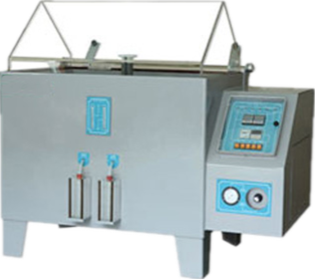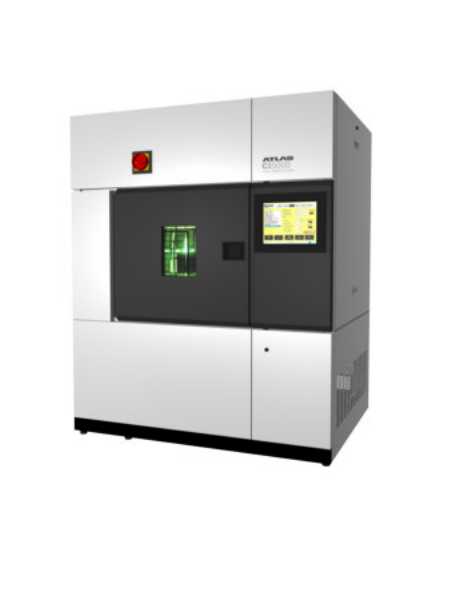
NewsInformation Center
What are the different types of accelerated weathering tests?
2023/05/11
Accelerated weathering test are used to simulate the effects of weather on materials in a shorter period of time. There are various types of accelerated weathering tests that can be conducted, each with its own unique advantages and disadvantages. In this article, we will discuss the different types of accelerated weathering tests.

The Xenon arc test is one of the most common accelerated weathering tests. It exposes materials to a combination of light, heat, and moisture, which simulates the effects of outdoor exposure. The test uses a xenon arc lamp to produce high-energy UV radiation that is similar to natural sunlight. This test is commonly used for testing materials such as plastics, paints, and coatings.


2. Fluorescent UV Weathering Test
The fluorescent UV test exposes materials to UV radiation in a controlled environment. This test uses fluorescent lamps to generate UV radiation that is similar to natural sunlight. The test can be conducted at different temperatures and humidity levels to simulate different environmental conditions. This type of test is commonly used for testing materials such as textiles, plastics, and coatings.
3. Condensation Weathering Test
The condensation test exposes materials to cycles of high humidity and low humidity that simulate the effects of moisture on materials. The test involves exposing samples to high humidity conditions followed by a period of low humidity conditions. This type of test is commonly used for testing materials such as metals, coatings, and plastics.
The salt spray corrosion test exposes materials to a salt mist environment that simulates the effects of saltwater exposure on metals and coatings. The test involves spraying samples with a salt solution for a set period of time while maintaining a specific temperature and humidity level.

5. Water Immersion Test
The water immersion test involves exposing samples to water for an extended period of time to simulate the effects of long-term exposure to water on materials. This type of test is commonly used for testing materials such as plastics, coatings, and metals.
6. Thermal Cycling Test
The thermal cycling test exposes materials to cycles of high and low temperatures to simulate the effects of temperature changes on materials. The test involves subjecting samples to a range of temperatures for a set period of time. This type of test is commonly used for testing materials such as plastics, metals, and coatings.
In conclusion, there are various types of accelerated weathering tests that can be conducted to simulate the effects of weather on materials. Each type of test has its own unique advantages and disadvantages depending on the material being tested and the specific environmental conditions being simulated. It is important to choose the appropriate accelerated weathering test to ensure accurate results.
Previous: Scrub Abrasion Tester: A Vital Tool for Evaluating the Longevity of Textiles
N e x t : What is a fabric swatch cutter and how does it work?



